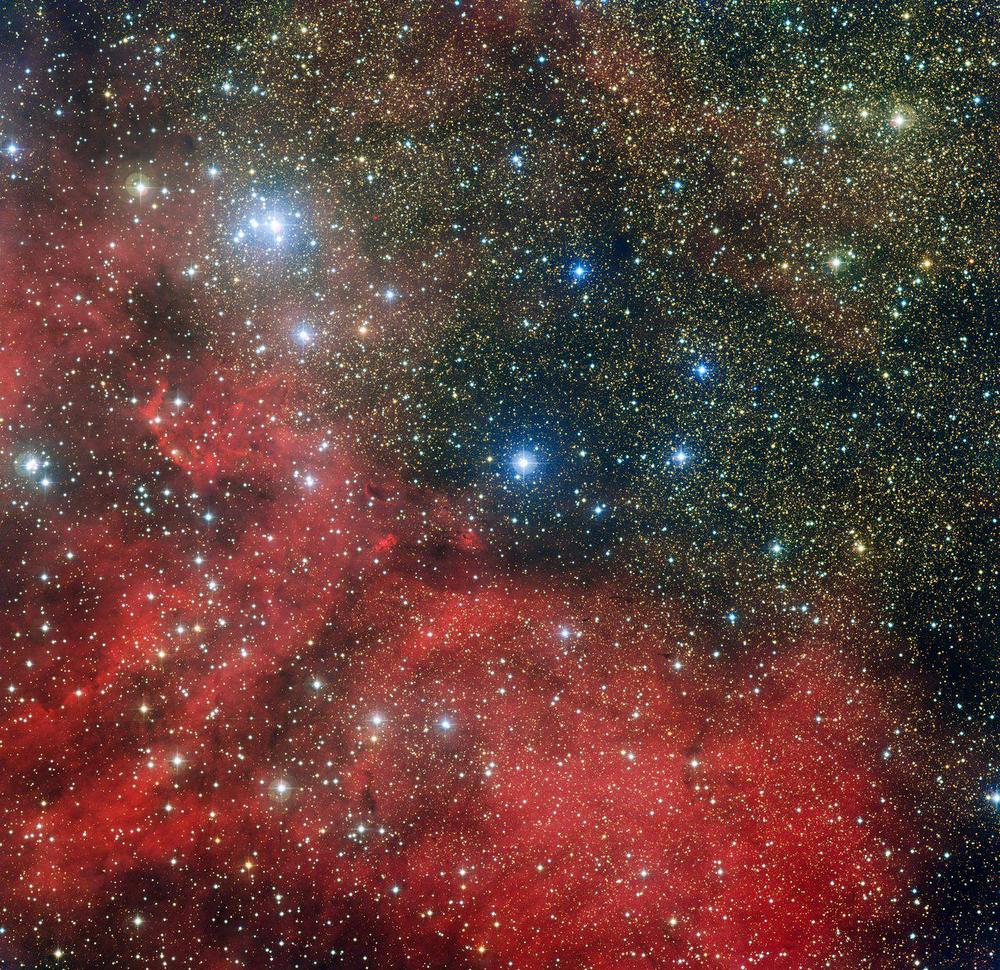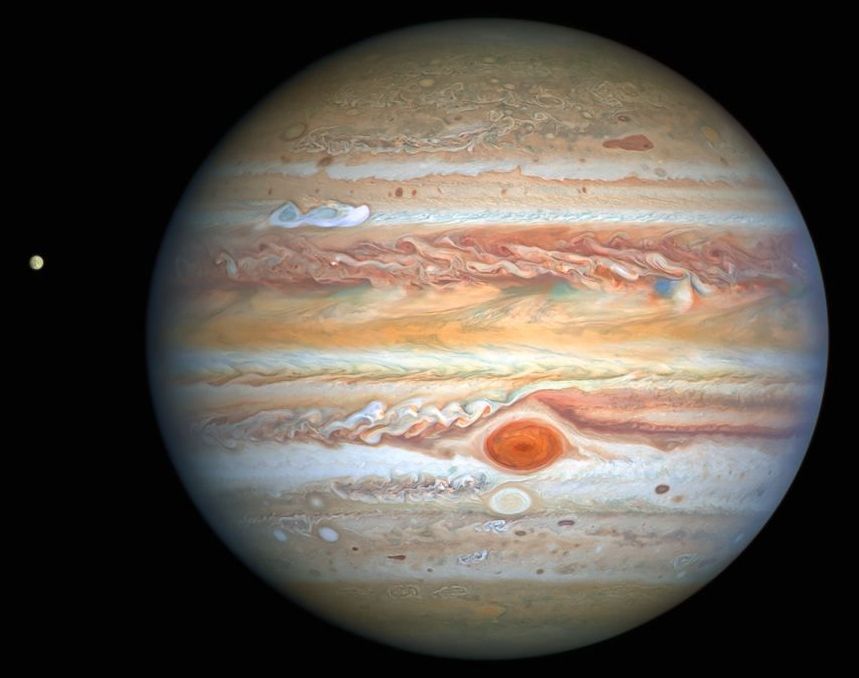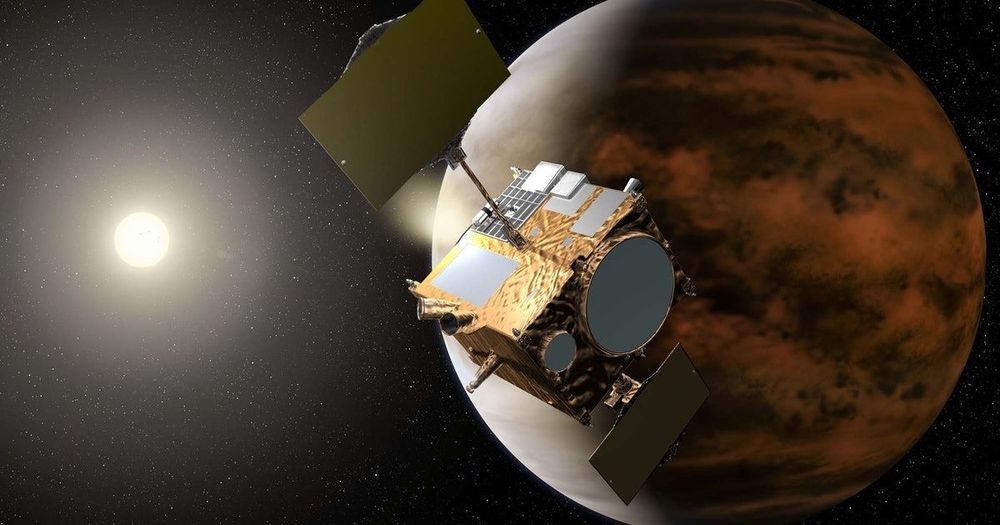Category: space – Page 707



The Newest Picture of Jupiter and Europa Captured by Hubble
Hubble has released new images of Jupiter as part of OPAL: Outer Planets Atmospheres Legacy program. New storms are forming on the gas giant.
The venerable Hubble Space Telescope has given us another gorgeous picture of Jupiter and its moon Europa. The incredibly sharp image was captured on August 25th, and shows some of the stunning detail in Jupiter’s stormy atmosphere. Hidden in all that stormy activity is something new: a bright white storm plume travelling at about 560 km/h (350 MP/h).
Jupiter was 653 million km (406 million mi) away from Earth when the image was taken. The image is part of OPAL, the Outer Planet Atmospheres Legacy program. Each year, Hubble images the entire planet to watch for changes in the atmosphere and in the storm activity.
The Great Red Spot (GRS) is prominent in this image, just as it’s been prominent in every image of Jupiter for about 200 years. A storm was seen on Jupiter prior to that, but scientists aren’t certain it was the same storm. If it was, then the GRS has been around even longer.

Air leaking from International Space Station but no danger to crew: Roscosmos agency
MOSCOW (Reuters) — The International Space Station is leaking air in above-normal volumes, but the leak presents no danger to the Russian-American crew, the Russian space agency Roscosmos said on Tuesday.
The leak has been localised to one section of a service module and the crew, made up of U.S. astronaut Chris Cassidy and Russian cosmonauts Anatoly Ivanishin and Ivan Vagner, plan to eliminate it in the coming days, Russia’s RIA news agency quoted Roscosmos executive director Sergei Krikalev as saying.
Roscosmos said additional air may be delivered to the station.
Soyuz 11: Disaster in Space
Soyuz 11 was the only crewed mission to board the world’s first space station, Salyut 1. The crew, Georgy Dobrovolsky, Vladislav Volkov, and Viktor Patsayev, arrived at the space station on 7 June 1971 and departed on 29 June. The mission ended in disaster when the crew capsule depressurized during preparations for reentry, killing the three-man crew. The three crew members of Soyuz 11 are the only humans known to have died in space.
Music: epic background music / epic music no copyright by MUSIC4VIDEO.
Eating Food in Space
This is how Astronauts eat food in Space!!


